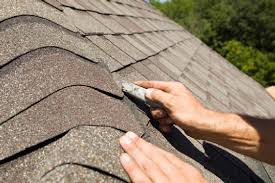
Moving furniture can be a challenging task, but with careful planning and organization, you can make the process smoother. Here are some tips for furniture removal:
- Create a Plan:
- Make a list of all the furniture you need to move.
- Measure doorways and hallways to ensure your furniture will fit through them.
- Plan the layout of your new space and decide where each piece of furniture will go.
- Declutter:
- Before you start packing, declutter and get rid of items you no longer need. This reduces the amount of stuff you have to move.
- Gather Supplies:
- Collect all the necessary packing materials, including boxes, bubble wrap, packing paper, tape, and furniture blankets.
- Disassemble Furniture:
- If possible, disassemble larger furniture items to make them easier to transport. Keep track of screws and other small parts by placing them in labeled bags.
- Protect Furniture:
- Use furniture blankets or bubble wrap to protect your furniture from scratches and dents during transit. Pay special attention to fragile or valuable items.
- Wrap Upholstered Furniture:
- Cover upholstered furniture with plastic wrap or furniture covers to protect against dirt and damage.
- Use Sliders:
- When moving heavy furniture, use furniture sliders to make the process easier on your back and to prevent damage to floors.
- Lift Properly:
- Lift with your legs, not your back. Use proper lifting techniques to avoid injury.
- Secure Drawers and Doors:
- Secure drawers and doors on furniture items like dressers and cabinets to prevent them from swinging open during transit.
- Label Boxes:
- Clearly label each box with its contents and the room it belongs to. This will make unpacking much easier.
- Hire Professionals:
- Consider hiring professional furniture removalists, especially for large or valuable items. They have the experience and equipment to handle the job efficiently.
- Check Insurance:
- If you’re using a professional removalist service, check their insurance coverage for potential damages during transit.
- Plan for the Essentials:
- Pack a bag with essentials like medications, important documents, and a change of clothes. Keep it with you during the move.
- Stay Organized:
- Keep important documents related to the move, like contracts, receipts, and contact information, in one easily accessible place.
- Take Photos:
- Before disassembling furniture, take photos of complicated setups to make reassembly easier at your new location.
Remember to take your time, stay organized, and enlist help if needed. With careful planning and execution, your furniture removal process can be much smoother.


